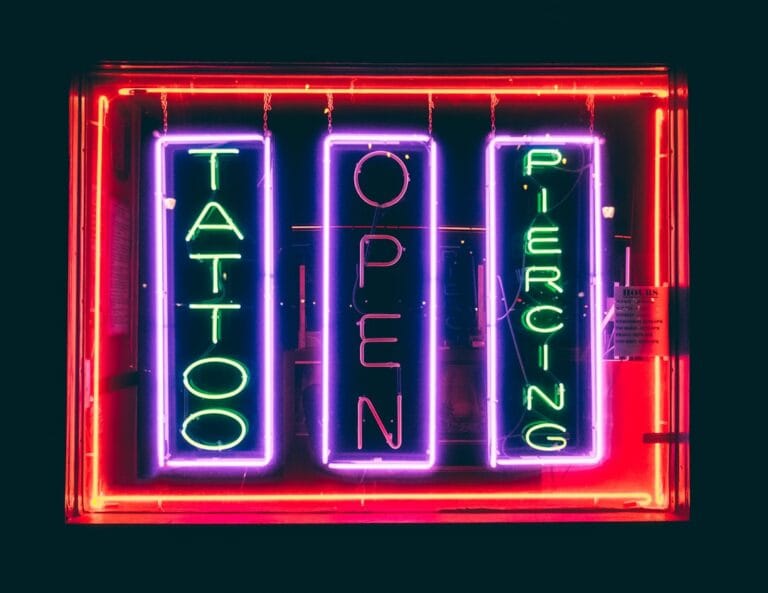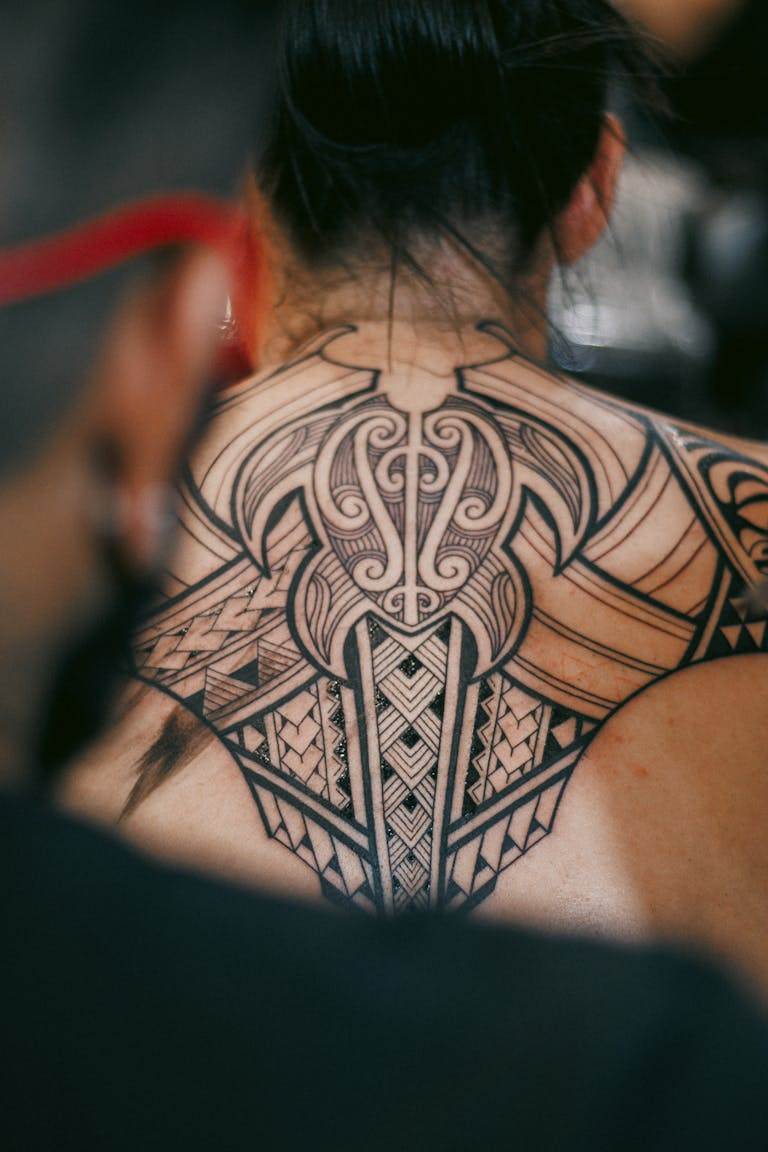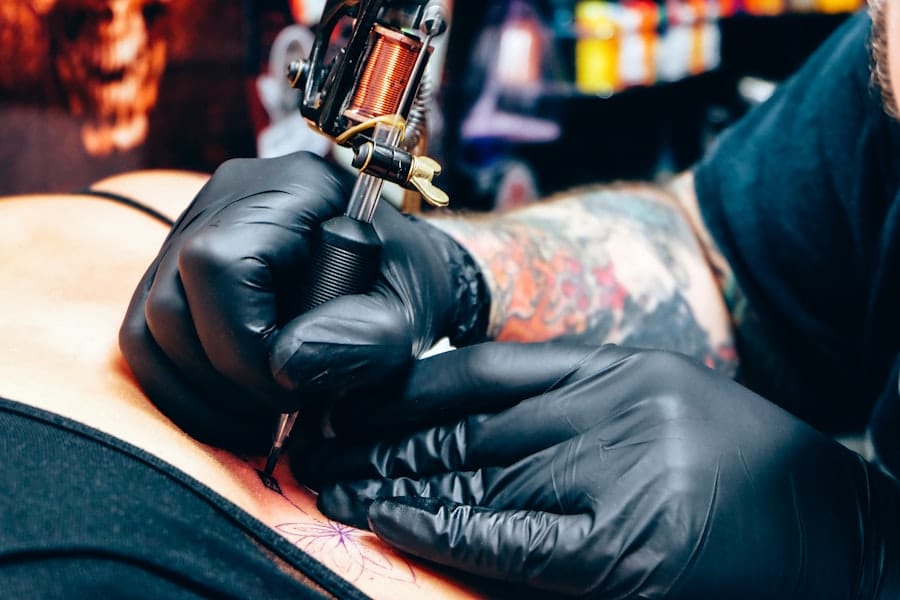
The rib cage is a unique and popular canvas for tattoos, offering a large, relatively flat area that can accommodate intricate designs. This placement allows for a variety of artistic expressions, from delicate floral patterns to bold, sprawling imagery. The rib cage’s natural contours can enhance the visual appeal of a tattoo, making it an attractive option for those looking to showcase their body art.
Additionally, the rib cage is often seen as a more intimate location, which can add a layer of personal significance to the tattoo. Choosing the rib cage as a tattoo placement also comes with its own set of considerations. The visibility of the tattoo can vary depending on clothing choices, making it a versatile option for individuals who may want to keep their ink private or display it proudly.
Furthermore, the rib cage area can serve as a powerful statement piece, often symbolizing strength and resilience. As such, many individuals opt for designs that reflect their personal journeys or beliefs, making the rib cage not just a location for art but a canvas for storytelling.
Key Takeaways
- The rib cage is a popular tattoo placement due to its large canvas and ability to complement the natural curves of the body.
- The rib cage area is known for being one of the most sensitive and painful areas to get tattooed due to the proximity of the bone and nerves.
- Pain management techniques for rib cage tattoos include deep breathing, meditation, and distraction techniques to help manage the discomfort.
- Topical anesthetics can be used to numb the skin before getting a rib cage tattoo, but it’s important to consult with a professional and follow their recommendations.
- Breathing and relaxation techniques, such as deep breathing and visualization, can help manage pain and discomfort during the tattooing process.
The Sensitivity of the Rib Cage Area
One of the defining characteristics of the rib cage as a tattoo placement is its sensitivity. The skin in this area is thinner and more delicate compared to other parts of the body, which can lead to heightened sensations during the tattooing process. The proximity of bones and nerves beneath the skin adds to this sensitivity, making it essential for individuals to prepare mentally and physically before committing to a rib cage tattoo.
Understanding this aspect can help potential clients set realistic expectations regarding pain levels and overall comfort during the session. Moreover, the sensitivity of the rib cage can vary from person to person. Factors such as individual pain tolerance, body composition, and even emotional state can influence how one experiences discomfort during the tattooing process.
Some may find the sensation exhilarating, while others may struggle with the intensity of the pain. This variability underscores the importance of being informed about what to expect when choosing this particular area for body art.
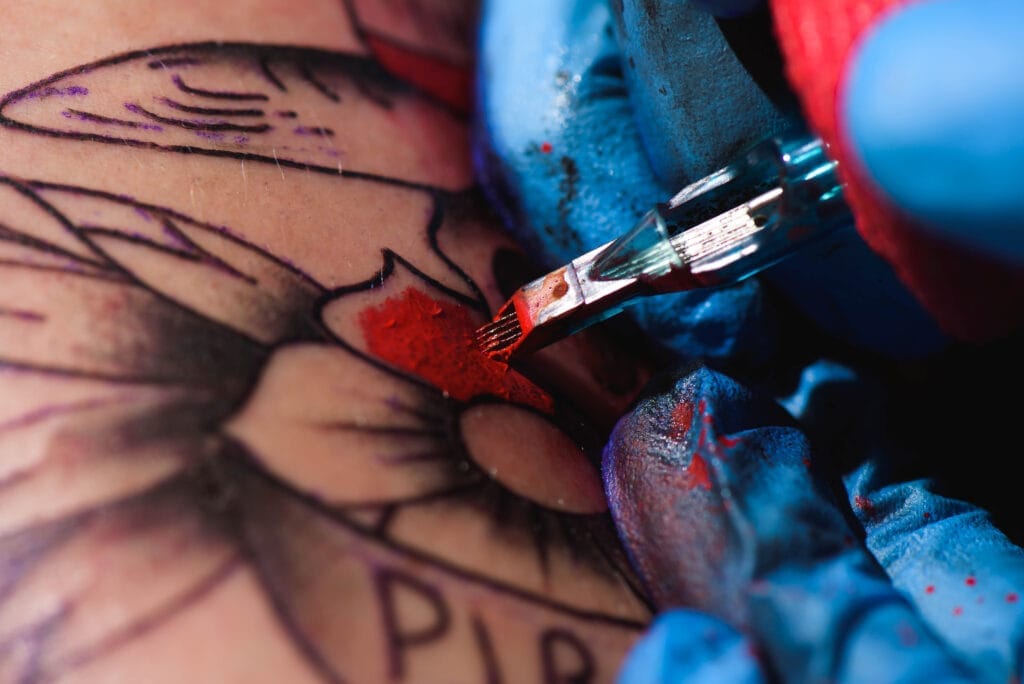
Pain Management Techniques for Rib Cage Tattoos
Given the sensitivity of the rib cage area, effective pain management techniques are crucial for a more comfortable tattooing experience. One common approach is to engage in open communication with the tattoo artist. Discussing concerns and preferences before the session can help tailor the experience to individual needs.
Artists often have their own methods for minimizing discomfort, such as adjusting their technique or taking breaks during the process. Being proactive in this regard can significantly enhance one’s overall experience. In addition to communication with the artist, mental preparation plays a vital role in managing pain during a rib cage tattoo session.
Many individuals find that visualizing a positive outcome or focusing on their breathing can help alleviate anxiety and distract from discomfort. Techniques such as mindfulness meditation or guided imagery can be beneficial in creating a calm mental space, allowing clients to better cope with any pain they may encounter.


Topical Anesthetics for Rib Cage Tattoos
Topical anesthetics are another option for those concerned about pain during rib cage tattoos. These products are designed to numb the skin’s surface, providing relief from discomfort during the tattooing process. Many tattoo artists are familiar with various topical anesthetics and can recommend suitable options based on individual needs.
It is essential to discuss this possibility with the artist beforehand to ensure that any chosen product is compatible with their techniques and inks. While topical anesthetics can be effective in reducing pain, it is important to use them correctly. Following application instructions carefully is crucial to achieving optimal results.
Additionally, individuals should be aware that while these products can help numb the area, they may not eliminate all sensations entirely. Understanding this limitation can help set realistic expectations and prepare clients for what they might experience during their session.
Breathing and Relaxation Techniques for Pain Management
Breathing and relaxation techniques are invaluable tools for managing pain during a rib cage tattoo session. Deep breathing exercises can help calm the nervous system and reduce feelings of anxiety, making it easier to cope with discomfort. Focusing on slow, controlled breaths can create a sense of rhythm that distracts from the sensations of tattooing.
This practice not only aids in pain management but also promotes an overall sense of well-being during the process. In addition to deep breathing, incorporating relaxation techniques such as progressive muscle relaxation can further enhance comfort levels. This method involves systematically tensing and relaxing different muscle groups throughout the body, helping to release tension and promote relaxation.
By combining these techniques with positive visualization or affirmations, individuals can create a mental environment that supports their ability to endure any discomfort associated with getting a rib cage tattoo.
Choosing the Right Tattoo Artist for Rib Cage Tattoos
Selecting the right tattoo artist is crucial when considering a rib cage tattoo. Not only does an artist’s skill level impact the final outcome of the design, but their approach to pain management and client comfort is equally important. Researching potential artists by reviewing their portfolios and reading client reviews can provide valuable insights into their expertise and style.
It is essential to find an artist whose work resonates with your vision while also prioritizing client care. Once you have narrowed down your options, scheduling consultations with potential artists can be beneficial. This allows you to discuss your design ideas, ask questions about their techniques, and gauge their overall demeanor.
A good artist will take the time to address your concerns and provide guidance on how to make your rib cage tattoo experience as comfortable as possible. Building rapport with your chosen artist can significantly enhance your confidence going into the session.
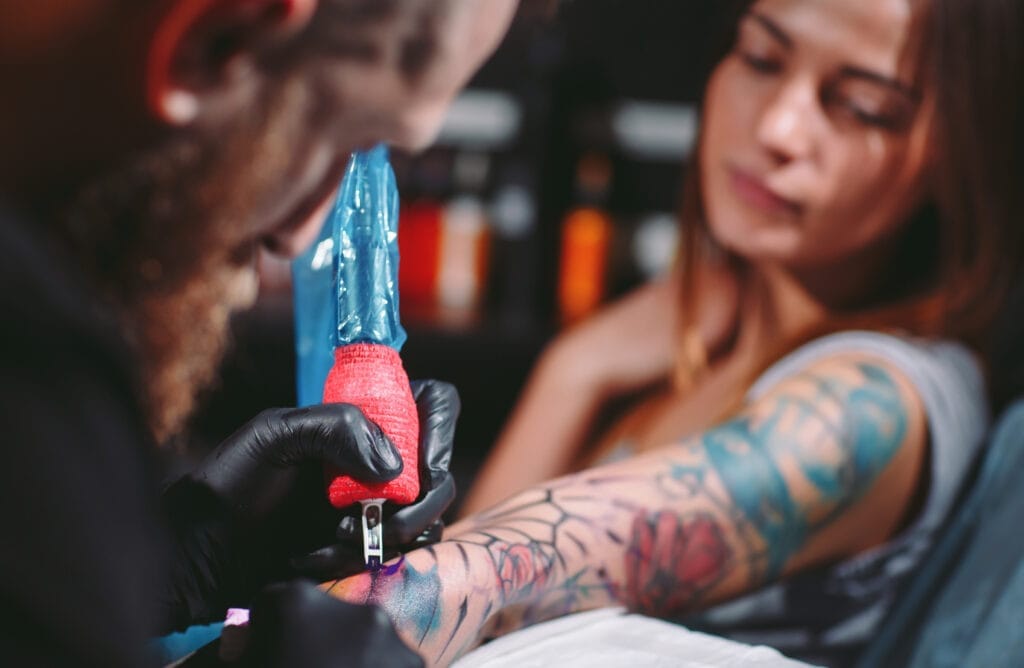
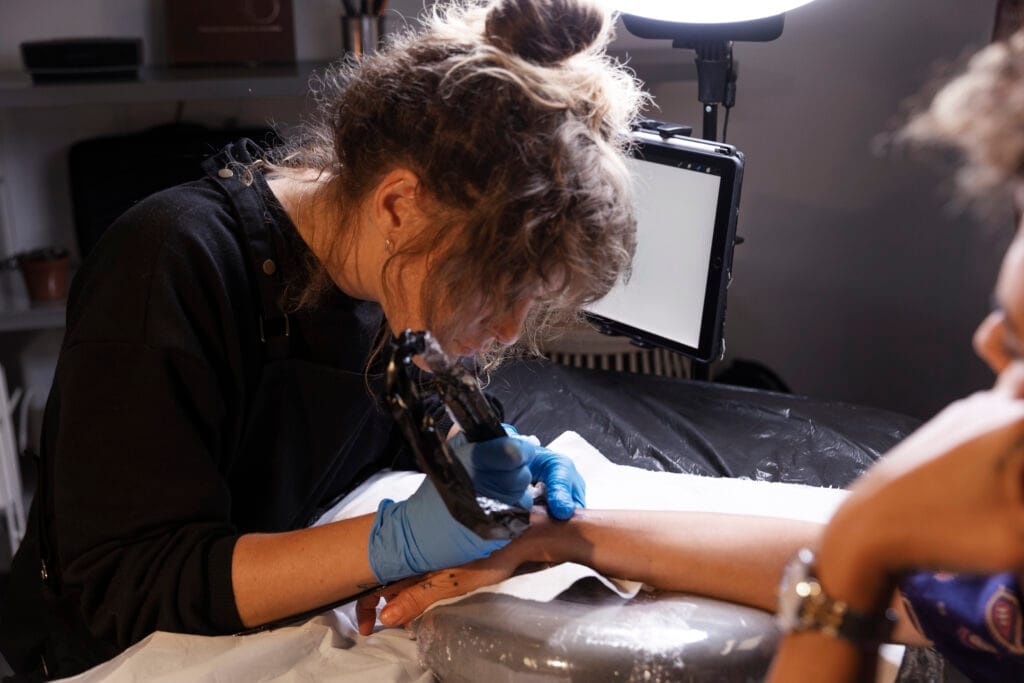
Aftercare for Rib Cage Tattoos
Aftercare is a critical component of ensuring that a rib cage tattoo heals properly and maintains its vibrancy over time. The skin in this area is particularly sensitive post-tattooing, so following aftercare instructions diligently is essential. Artists typically recommend keeping the tattoo clean and moisturized while avoiding direct sunlight and excessive moisture during the initial healing phase.
Adhering to these guidelines helps prevent infection and promotes optimal healing. Additionally, wearing loose-fitting clothing over the rib cage area can minimize irritation during the healing process. Tight clothing may rub against the fresh ink, leading to discomfort or even damage to the design.
It’s also advisable to avoid strenuous activities that could cause excessive movement or sweating in the area until fully healed. Taking these precautions not only supports healing but also ensures that your new tattoo looks its best for years to come.
Final Thoughts: Embracing the Pain of Rib Cage Tattoos
Embracing the pain associated with rib cage tattoos is often part of the journey toward self-expression and personal significance. While discomfort is an inherent aspect of getting tattooed in this sensitive area, many individuals find that the end result far outweighs any temporary pain experienced during the process. The act of transforming one’s body into a canvas for art can be empowering, fostering a deeper connection between the individual and their chosen design.
Ultimately, understanding what to expect when getting a rib cage tattoo—ranging from sensitivity and pain management techniques to aftercare—can help individuals approach this experience with confidence and excitement. By preparing adequately and choosing an artist who aligns with your vision and values, you can turn what may seem like an intimidating process into an opportunity for personal growth and artistic expression. Embracing both the pain and beauty of rib cage tattoos allows individuals to celebrate their unique stories through body art that resonates on multiple levels.
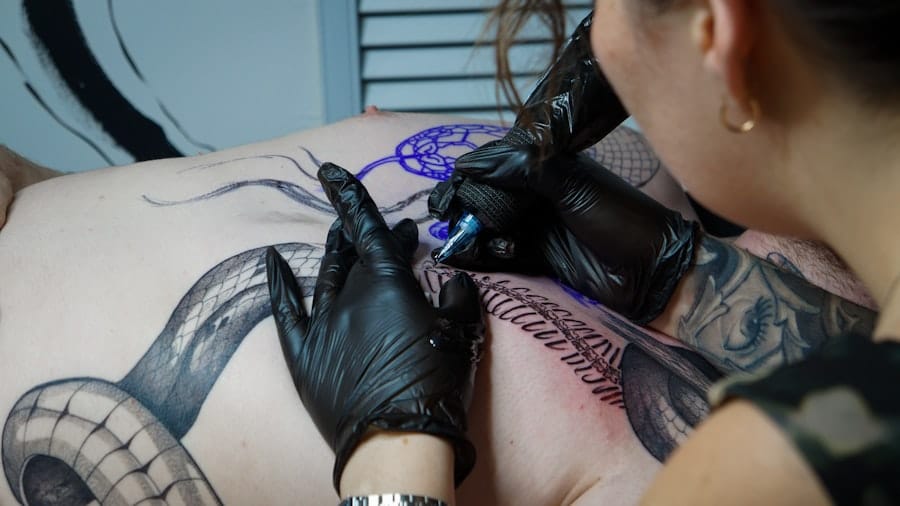
FAQs
What is tattooing the rib cage?
Tattooing the rib cage refers to the process of getting a tattoo on the area of the body that covers the rib bones. This area is known for being particularly sensitive and painful to tattoo.
Why is tattooing the rib cage painful?
The rib cage is a bony area with less fat and muscle compared to other parts of the body. This makes the skin more sensitive and the tattooing process more painful.
What are some pain management strategies for tattooing the rib cage?
Some pain management strategies for tattooing the rib cage include taking pain medication before the tattoo session, using numbing creams or sprays, practicing deep breathing and relaxation techniques, and choosing a skilled and experienced tattoo artist who can work quickly and efficiently.
Are there any risks or complications associated with tattooing the rib cage?
Tattooing the rib cage, like any other tattoo, carries the risk of infection, allergic reactions, and scarring. It is important to follow proper aftercare instructions and keep the tattoo clean to minimize these risks.
How long does it take to heal a rib cage tattoo?
The healing time for a rib cage tattoo is similar to other tattoos, typically taking 2-4 weeks for the initial healing process. However, it may take longer for the area to fully heal due to the movement and stretching of the rib cage.



